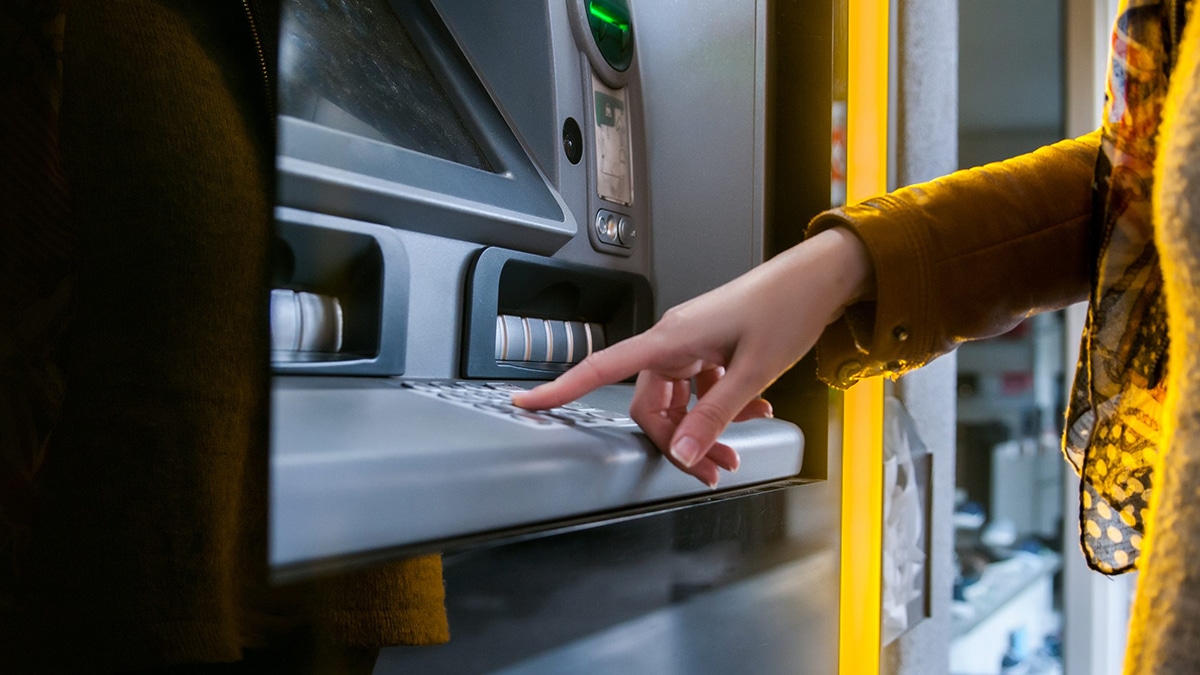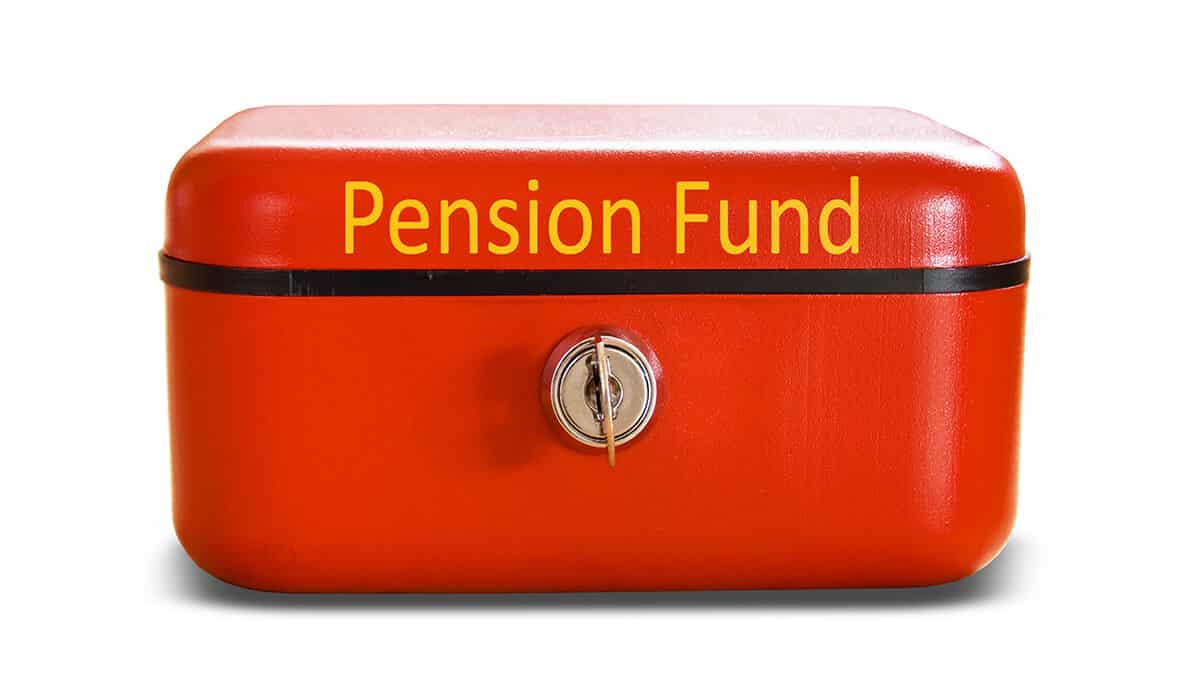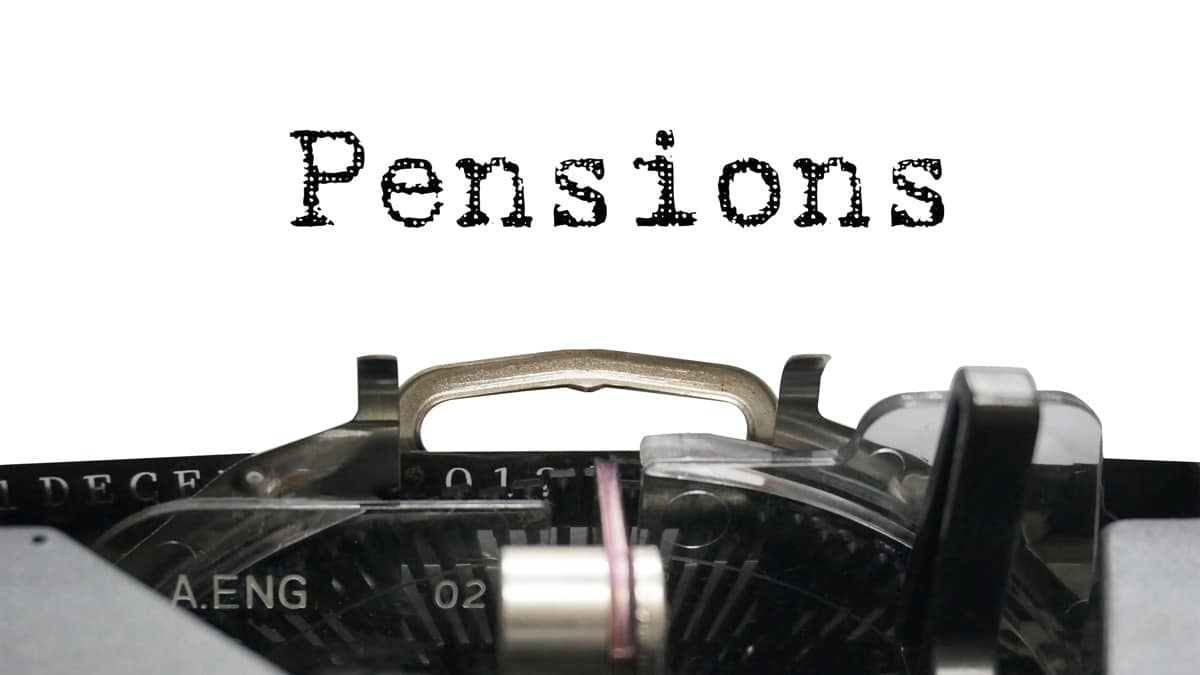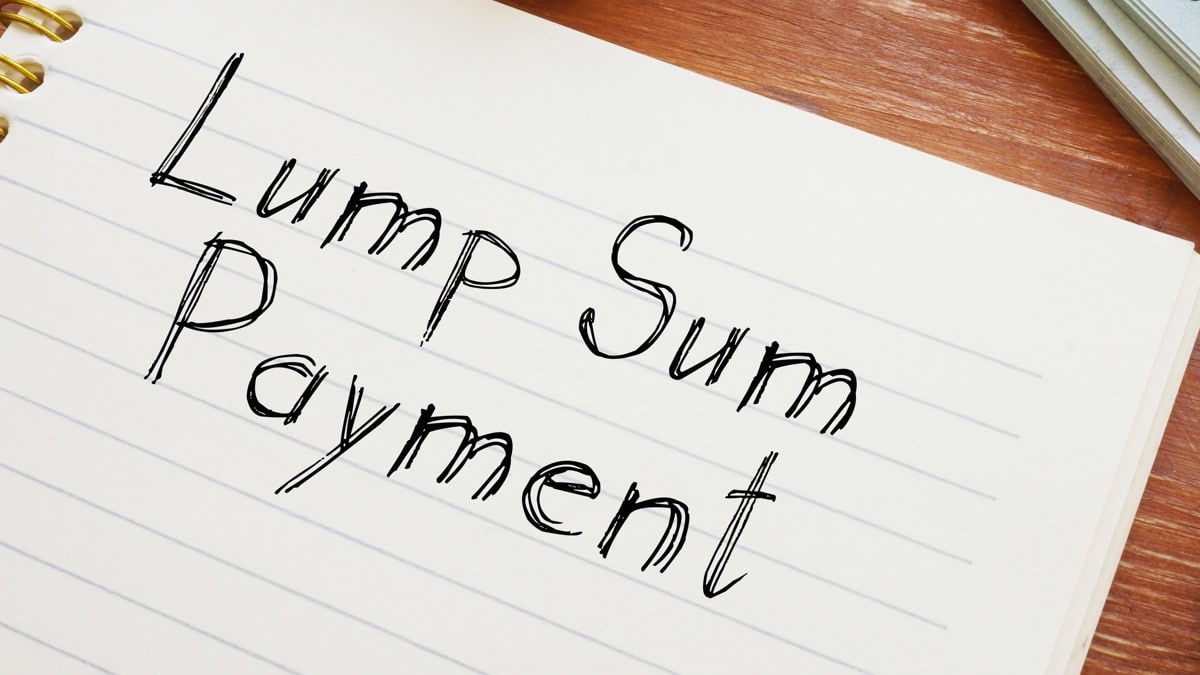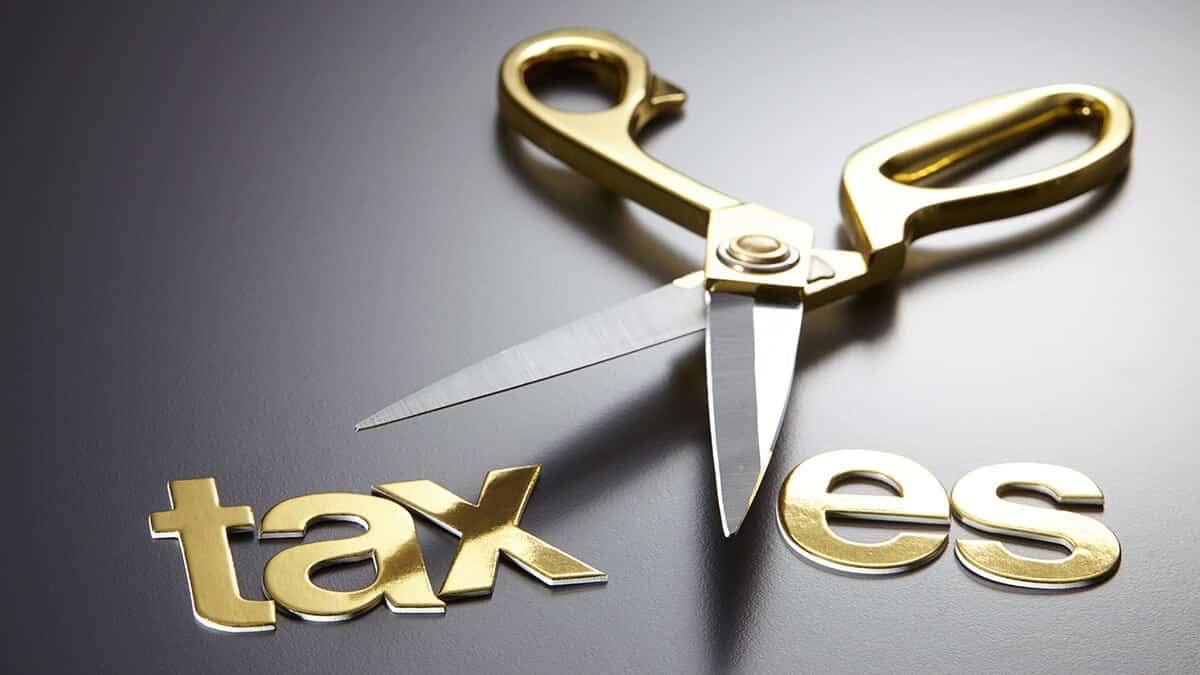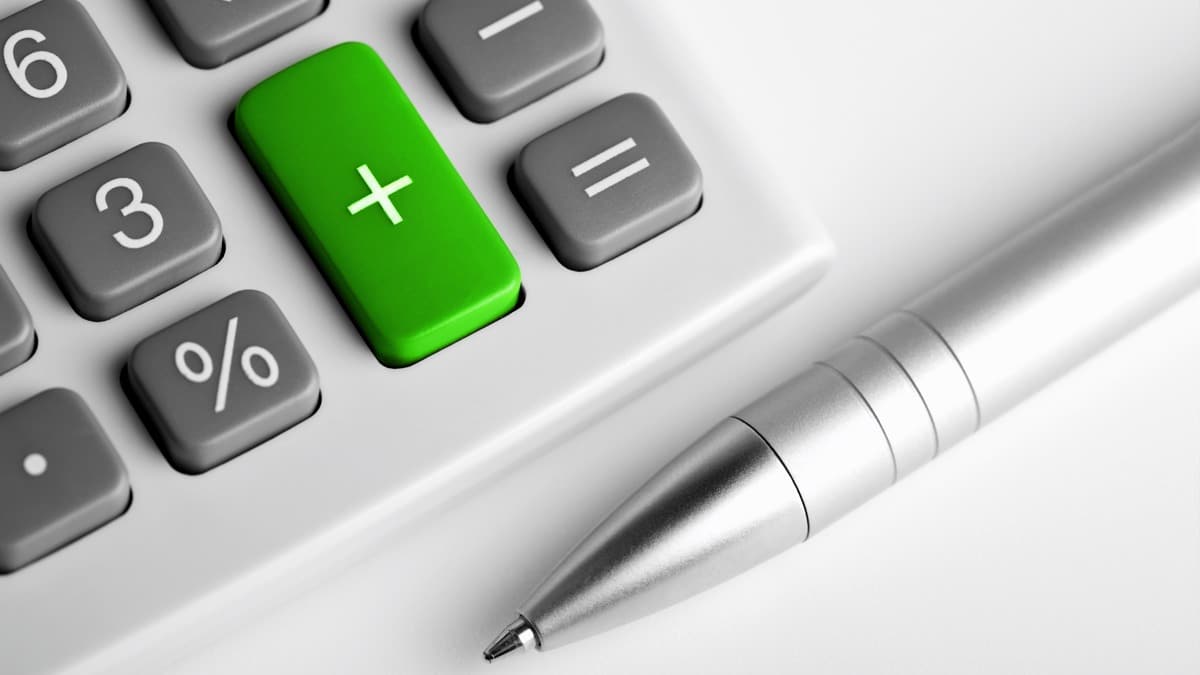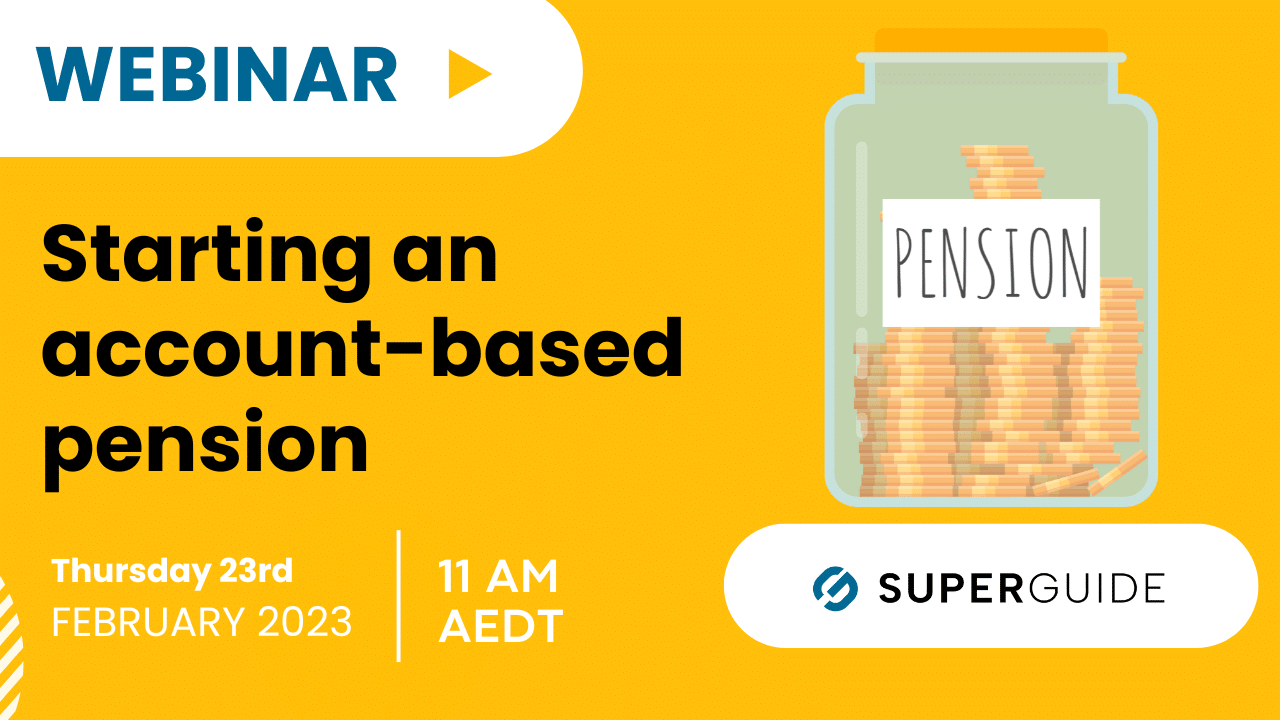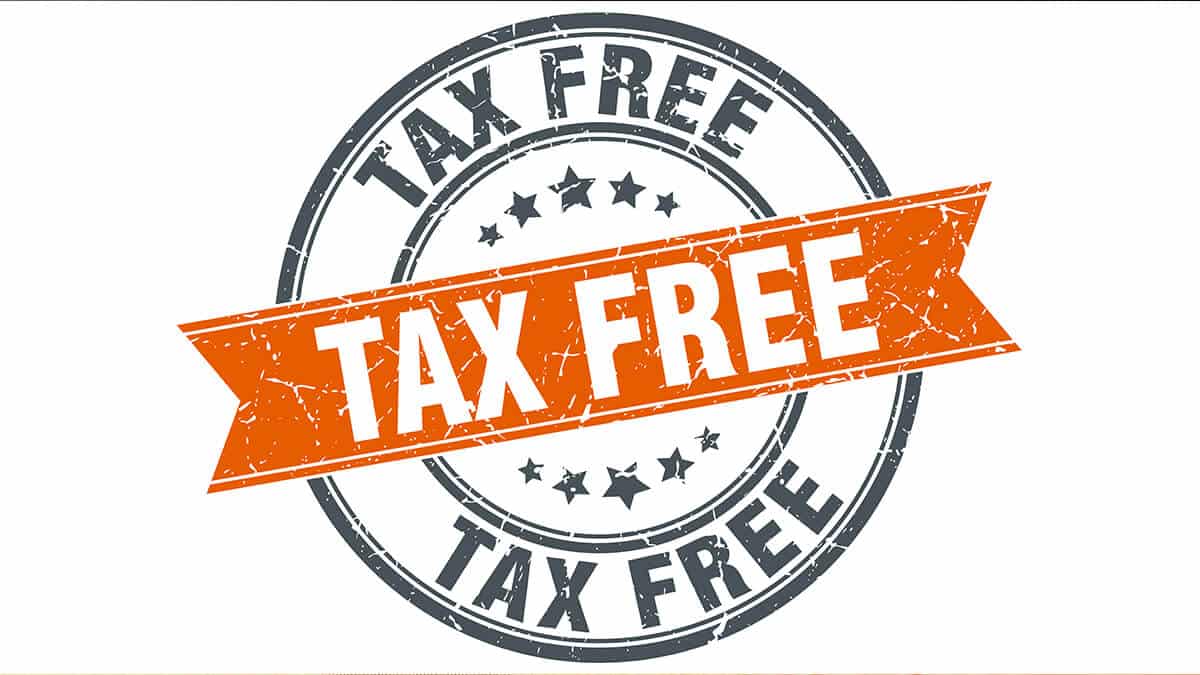In this guide
When a self-managed superannuation fund’s first member moves from accumulation to retirement phase and wants to start a pension, there are steps the fund and the member need to consider.
SMSF trustees also have a considerable amount of flexibility. For instance, you can decide what assets will be supporting the pension and how much pension will be paid.
Factors to consider before starting a pension
There are a number of factors to consider when paying a pension from an SMSF in order to set one up correctly.
Eligibility
First you should understand the eligibility factors for paying a pension. You must still meet a condition of release for super, such as reaching your preservation age and being retired. Reaching age 65 is also a condition of release, permitting you to access super even if you are still working.
You can also pay yourself a transition-to-retirement pension (see section below), even if you haven’t retired, as long as you have reached your preservation age.
Discover your preservation age in the table below:
| Date of birth | Preservation age |
|---|---|
| Before 1 July 1960 | 55 |
| 1 July 1960 – 30 June 1961 | 56 |
| 1 July 1961 – 30 June 1962 | 57 |
| 1 July 1962 – 30 June 1963 | 58 |
| 1 July 1963 – 30 June 1964 | 59 |
| From 1 July 1964 | 60 |
Source: ATO
Minimum pension amount
There is also a minimum annual pension you must pay yourself each year. There is no maximum pension amount unless it is a transition-to-retirement pension and then the maximum is 10% of the balance.
| Age of beneficiary | Percentage factor |
|---|---|
| Under 65 | 4% |
| 65 to 74 | 5% |
| 75 to 79 | 6% |
| 80 to 84 | 7% |
| 85 to 89 | 9% |
| 90 to 94 | 11% |
| 95 or more | 14% |
Source: SIS Act
Learn more about how the minimum pension payment rules work.
Pension assets
The assets supporting a pension are fixed at the pension start date. This means you cannot keep contributing into the pension account, or transfer an asset from an accumulation account into the pension account, once the account-based pension has commenced. This would be considered stopping the existing pension and starting a new one.
Also, the introduction of the transfer balance cap, currently $1.9 million, places a limit on the maximum total amount you can use to commence pensions, on which earnings are generally tax free. If you have a balance exceeding the transfer balance cap, you may wish to leave the remainder of your retirement savings in accumulation phase (and be taxed at 15% on investment earnings) or withdraw it from the superannuation system.
Once you start a retirement pension, future increases to the transfer balance cap are applied in proportion to the amount of the cap you have not already used. This means that if you commenced a retirement pension prior to 1 July 2023 when the cap was last increased, your personal transfer balance cap is lower than $1.9 million.
Learn more about the transfer balance cap.
Trust deed
Your trust deed also needs to allow an account-based pension. Some older trust deeds may not accommodate transition-to-retirement pensions so you need to check your trust deed and update it, or change it, if necessary.
Starting a pension
1. Value the assets
After making sure your trust deed can accommodate a pension, and amending it if it doesn’t, you need to value the assets that will be supporting the pension. This valuation is also the amount that will count towards your transfer balance cap.
